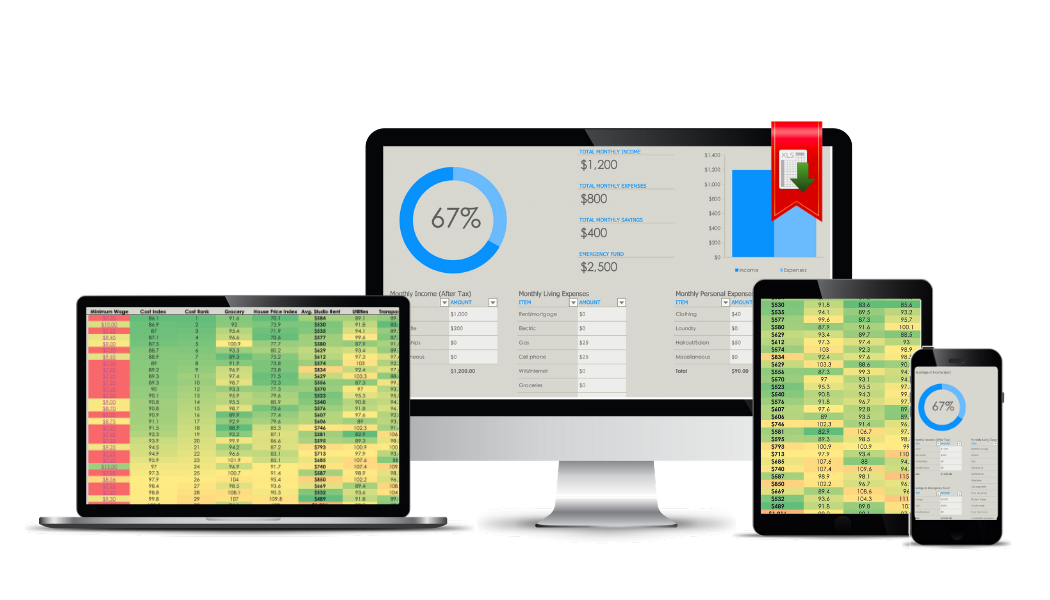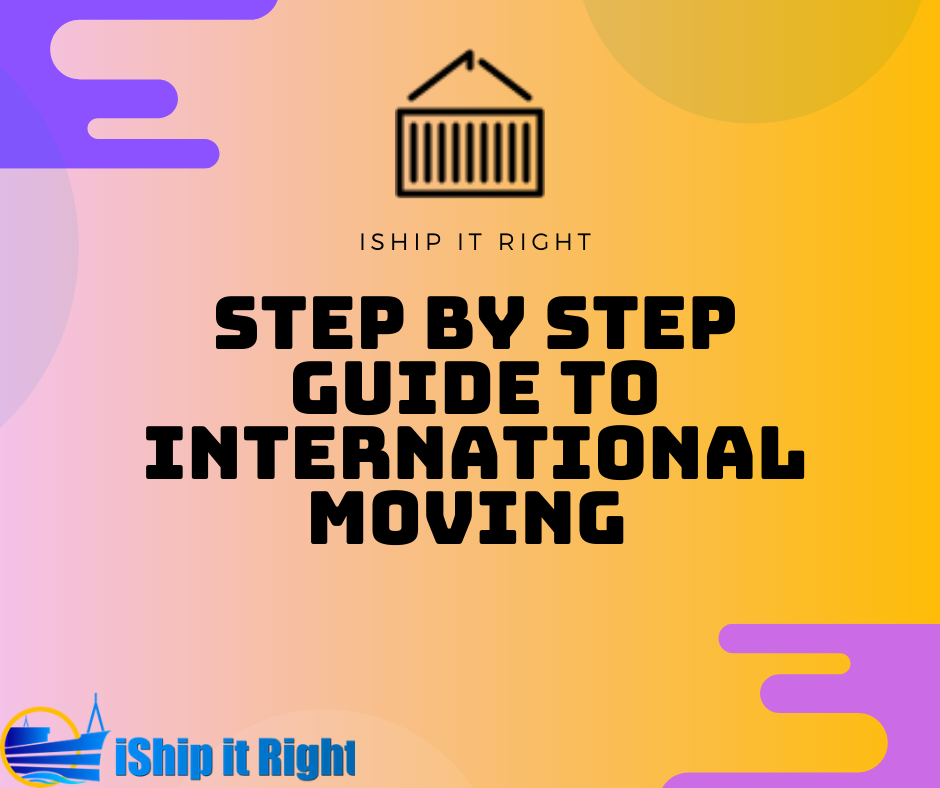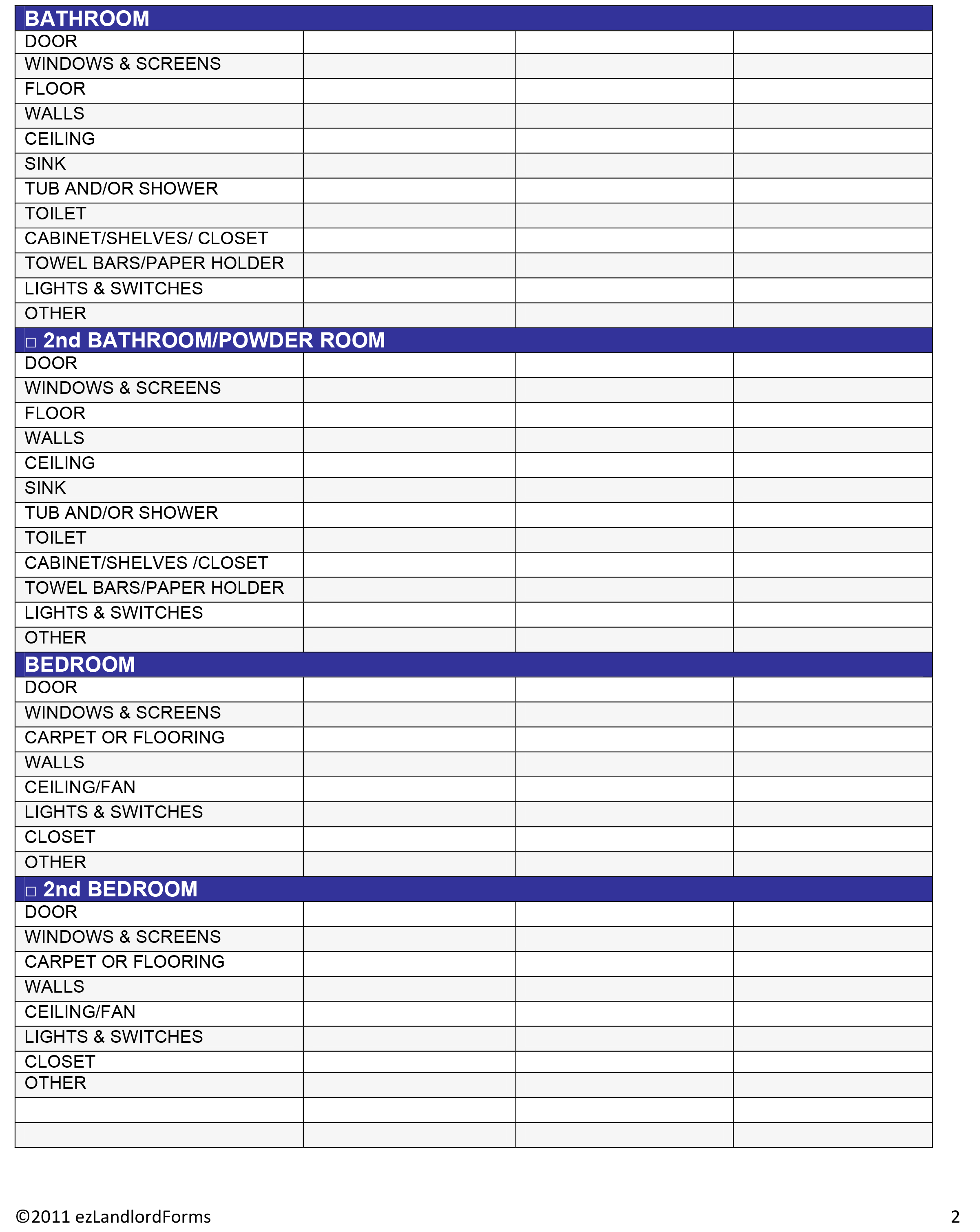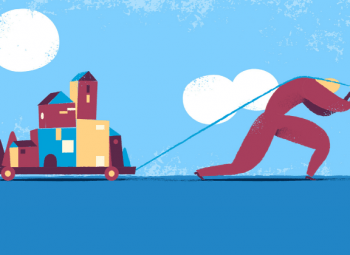![How to Move Out at 18 and Afford it [Checklist]](/wp-content/uploads/2019/05/how-to-move-out-at-18-and-afford-it-checklist.jpg)
At some point, every teenager starts thinking about moving out on their own. The promise of freedom from rules, parents, and curfew is something a lot of kids dream about.
It’s easy enough to dream and talk the talk, but what about when it actually comes to taking the steps and moving out on your own?
In this article, I will share a bit of my experience moving out of my parents’ house at 18 and the steps I took to ease my transition into adulthood. Don’t miss the Complete Move Out Checklist at the end of this article!
Discuss with your family and friends
Before taking the leap, it is a good idea to talk about your decision with the people closest to you in life. Whether it be for work, school, a relationship, or simply a fresh start, talking your move over with your family and friends can bring not only peace to those you are moving away from, but also clarity and reassurance in this big time in your life.
For talking points, consider bringing up the reason you are leaving, how you came to make this decision, and the steps you are taking to make the move as easy and safe as possible.
You will find their experience and advice valuable. Their support, in this matter, will not only boost your confidence but also ease the process for you.
Develop a plan
The key to making a smooth transition out of your parents’ house is planning, planning, and even more planning. To the best of your abilities, try to map out as much of your move as you can.
While doing research and creating a plan may sound boring and tedious, your first move on your own is a big deal and it is important to prepare yourself sufficiently.
You may want to start planning your move ahead of time. Try to give yourself as much time to really think through your decisions in order to be as level-headed in your decision-making as possible. Personally, I started considering moving out of my parents’ house about six to eight months before the actual move.
This gave me enough time to think up a game plan and talk it over with my family. My parents were able to give me valuable information and tips that truly helped facilitate my move.
Build an income skill
In the several months leading up to my big move, I continued to work at my restaurant job that I held throughout high school. After graduating, I started working more hours and began taking on extra tasks in order to learn the insides and outs of my job.
Not only did these extra efforts pay off monetarily and help me save for the move, but they significantly increased my human capital. Having experience in a certain industry will definitely make you a more attractive candidate over someone who doesn’t have any experience.
While my intentions were not to work in the food industry for the rest of my life, building these skills helped me find a job effortlessly in the new area.
Every place you might be considering will have employments based around basic needs, such as food, hospitality, and entertainment. Honing your customer service skills is a great place to start.
Build your credit
A good credit score can help unlock many financial opportunities down the road. While you may not be thinking of buying a house just yet, a good credit score can help with other things, such as lower interest car loans, credit cards, and sometimes even being approved for an apartment.
But how do you build your credit when you’re only 18?
The process of building credit is slow, so adults as young as 18 should consider starting immediately. Here is how to build your credit once you turn 18.
Become an authorized user
When you don’t have any credit history, it can be hard to get approved for a credit card on your own. That’s why becoming an authorized user is a great way to kickstart your credit journey.
If your friend or family has a credit card, they can add you as an authorized user. That way you can piggyback off of their credit card activity to build your credit quicker.
Even if you don’t use the card, the account will help boost your credit score. Just make sure that the primary user is on good standing, meaning they don’t take on too much debt or frequently miss payments.
Secured Credit Card
If authorized cards aren’t an option for you, secured credit cards are fairly easy to get approved for and still help build your credit just like traditional credit cards.
Secured cards require an upfront deposit, which can then be used as credit. For example, if you deposit $300, you will receive a credit limit of $300.
Tips to build your credit quicker
1. Make payments on time and in full
Your payment history makes up for 35% of credit score.
Any late payments will be in your credit report for 7 years and will likely dip your credit score.
2. Maintain a low credit card balance
Low credit utilization is another important factor and accounts for 30% of your credit score. A higher utilization indicates you’re taking too much credit card debt and may have trouble paying it off. Consequently, a lower utilization demonstrates that you are capable of handling your debts and the lender’s confidence in you will grow.
It is recommended to keep your credit card utilization under 30 percent, but it is best if it is under 10 percent.
Pro Tip – Typically, the credit card issuers report your balance to the credit bureaus at the end of your billing cycle. Your credit card utilization rate is the balance that your issuers report, and not how much you spend each month.
Therefore, even if you go overboard on your spending once in a while, if you make sure to pay down part, or all, of your balance before issuers report your balance for the billing cycle, your credit utilization rate for that card will go down.
3. Monitor your credit score from time to time
By monitoring, you can learn what is positively or negatively affecting your credit score. Use apps like Credit Karma or Mint to track your credit score for free.
4. Have patience
Credit cards and credit scores may seem scary and complicated because they are. It takes a while to get the hang of using them correctly. When you’re first starting out, you may see your credit score jump around or not grow right away. This is okay.
Eventually, you will figure out what works for you and you will see your credit score climb. Check in periodically to see where you’re at and you might even surprise yourself from time to time with how much it has grown. It can be pretty exciting.
Hopefully, by doing your own research as well as following the guidelines above, you feel more confident going forward into the credit world.
Find out living expenses
To find out your living expenses, you will have to find out what the cost of living on your own will look like.
When considering a move to a new area, finding somewhere to stay should be at the top of your list. Are you going to be sharing a place with someone else or living on your own?
Even if your first few days or weeks are going to be spent with a friend or at a hotel, start looking into safe and affordable neighborhoods where you would like to live.
Rent can vary greatly depending on where you are moving to. If you have a choice of a few different cities or neighborhoods, get an estimate of rent in the area. You can use apps like Hotpads or Zillow rentals.
Other big expenses are going to be food, transportation, utilities, and insurance. One way to get an estimate is to track all your spending for the next 3-4 months. Every dollar leaving your bank account is an expense and must be tracked.
Build a 6-month emergency fund
Once you have an estimate of your monthly expenses, start building a 6-month emergency fund. If you estimate $1,200 on living expenses each month, have at least $7,200 saved up before moving day.
While this may seem like a lot of money, a new city often brings with it unexpected expenses. In the case of unprecedented events such as losing your job, medical expenses or car break downs, you will be well prepared. The last thing you want to do after moving out is have to move back in with your parents.
Your emergency fund should be easy to access, but not too easy. Creating a high-yield savings account or putting money into safe investments is a good idea. This way your fund will grow at a quicker pace. Just make sure that the money is not blocked in the investment for a period of time and is quickly accessible whenever you need it.
Play it safe. In the worst case scenario, you have the money for that extra bill. In the best case scenario, you have a head start on a healthy savings account. Either way, it’s win-win for you.
Travel and moving costs
One of the biggest costs involved with moving is the actual moving itself. Hopefully, if you are moving while still at a young age, you do not have too many possessions to move with you. This will make it easier to pick up and start somewhere fresh.
If you do have a lot of stuff, consider taking the move as an opportunity to minimize your possessions. Not only will this save you money in moving costs, but it will make moving into a new place much easier.
Now, in regard to the travel costs, think about the different forms of transportation you could take to get to your destination. Can you take a bus? A train? Do you have to fly?
Whatever it may be, shop around for the most affordable tickets you can find. If you are able, keep your moving dates flexible, as this will allow you to find the cheapest rates.
What to Pack
When I moved out of my parents’ house, I made the decision to only take two suitcases. Even though I was moving across the country, I chose only a limited number of books, clothing, and personal items to bring with me. Everything else, I packed up for storage, donated, or threw away.
When choosing what to bring with you, focus on what each item means to you and what purpose it will serve for you. Is it important to see or use this item every day? Does it carry good or bad memories? Will it ever make its way out of the packing boxes?
While this may be a bit of an emotional roller coaster to go through, downsizing your possessions before the move means you will not have much to unpack at your new place.
Get important things set up early
After a full day of unpacking moving boxes and carrying sofas up flights of stairs, the last thing you want to worry about is the tedious essentials to setting up a new place: internet, cable, change of address, utilities, and the list goes on.
Instead of waiting till the last moment to set up these basic needs, take the time to set up what you can ahead of time.
If you don’t already own them, buy a modem and router for a cheaper deal on the internet.
If you have a house or apartment ready before your move, instate your change of address early so your mail will be there when you get there. This also applies to changing your address on your bank accounts and other important personal accounts.
By taking these actions ahead of time, you will save yourself a procrastinated hassle later on.
Moving Day
The day has come! It’s finally here! You are finally fulfilling your dream of moving out into the big, wide world as an independent adult.
Take the time to spend valuable moments with your family, friends, or pets you may be leaving behind. One of the hardest things for me was the fact that I was moving 3,000 miles away from my dog.
On moving day, you will probably experience several emotions: excitement, fear, sadness, joy. The realness of the moment finally happening can be a lot for some people. You may have second thoughts and you may not be sure you are ready to leave your home behind.
Remember that if you have followed the steps in this article, you have seriously considered every part of this move and you are ready. The rest of your life awaits!
Move-Out Calculator Pro
With the Move-Out Calculator Pro, you will now be able to find out exactly when and at what age you can safely afford to move out.

Here is what’s included with Move-Out Calculator Pro
- Step-by-step guidelines to build your own customized “Move-Out Plan”
- Determine personalized calculations for your exact move-out date
- Premium Dashboards to help you visualize the numbers
- Detailed Cost of Living report for all states in the USA
- Organized ranking of wages and cost for easy comparison between states
*Please note: This is a digital product sent via email
If you’re looking for something simpler and more generic, give our Free Move-Out Calculator a try.
How to move out at 18 - Complete Checklist
As promised, here is the complete moving out checklist for you. Print this out and use it to track your progress. Best of luck!
If you found this article helpful, please share it with your friends and family.


![How to Move Out at 18 [Checklist part 1]](/wp-content/uploads/2019/05/how-to-move-out-at-18-checklist-part1-683x1024.jpg)




